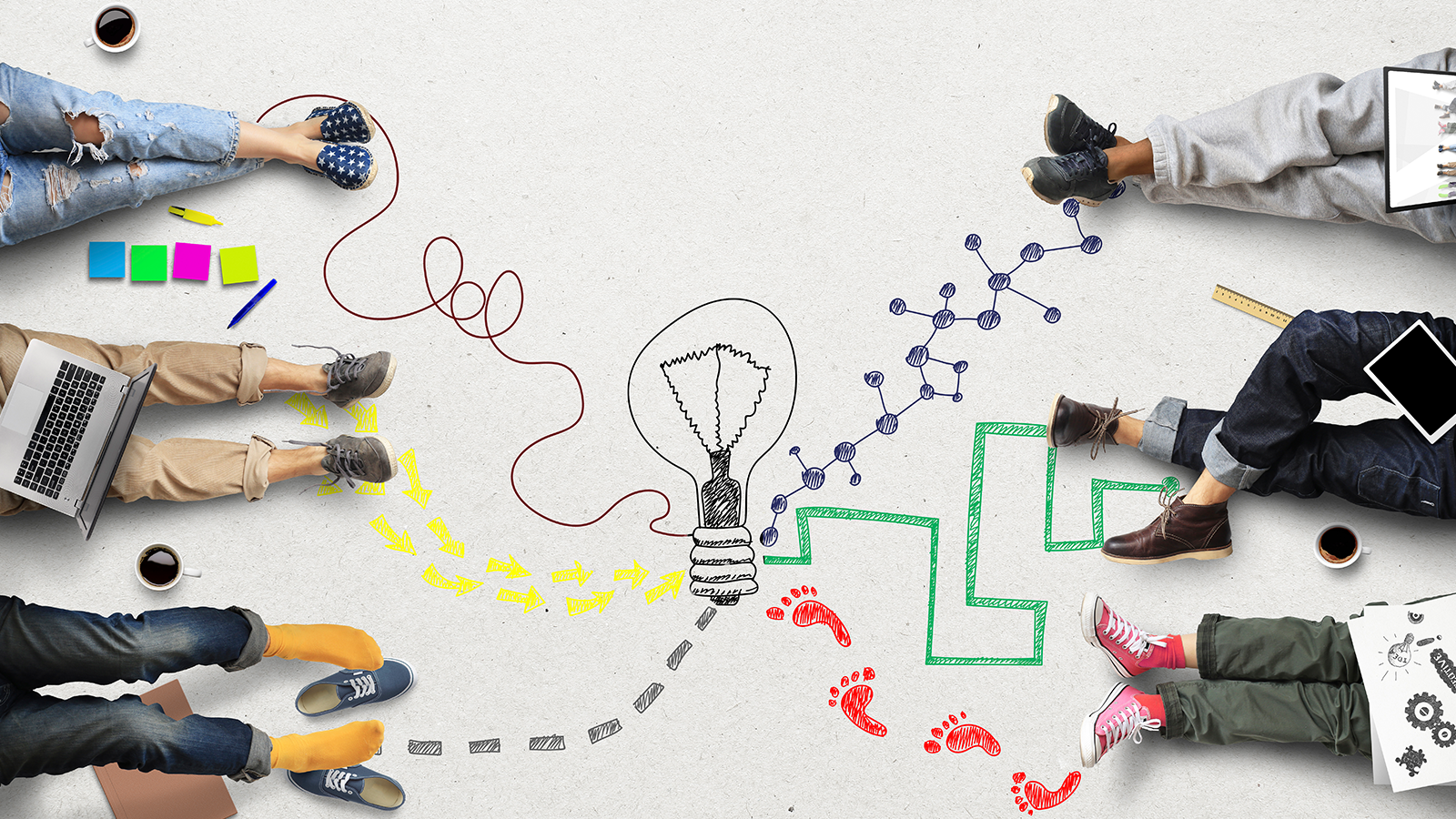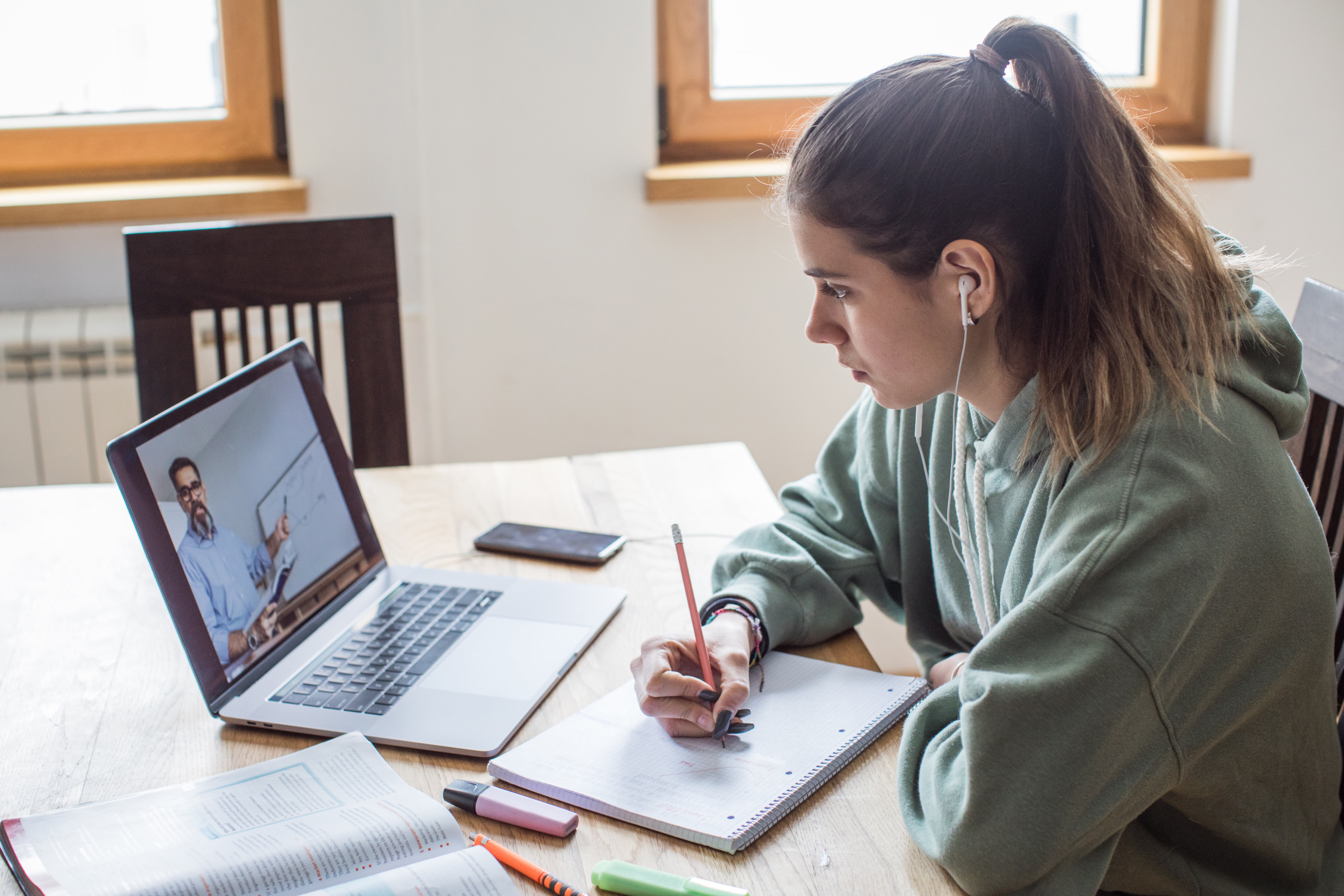
Keeping students at the secondary level engaged in the virtual environment is difficult. Sitting in front of a computer anywhere between four to eight hours a day can be draining and taxing on a student’s mental health and overall brain power, but you can make virtual learning fun!
Help students take ownership of their learning. Twenty-first-century students are very much in tune with technology. Students are also aware of what is fun and exciting to them. The best way for you to help students to learn is to develop student-centered learning activities that appeal to them.
Enhance student engagement with project-based learning
One way to keep students engaged is project-based learning. Not only do they take ownership of their own learning, but they can deeply immerse themselves with the content you have taught in your classes.
If you are experiencing the same issues that I am, then attendance has been an increasing issue within the virtual environment. Students are not attending classes as regularly as they normally would for various reasons, many of which can be validated, including lack of technology, no access to internet, or babysitting younger siblings. The list is extensive, which makes it all the more important to attempt to create an engaging learning environment that keeps students motivated.

Photo: iStock by Getty Images / ma_rish
Utilize storyboarding during virtual lessons
One project that can be dually engaging and fun for students is storyboarding. A storyboard allows students to map the progress of a story in much the same way that a cartoon illustrates multiple events in multiple frames—exactly the way that you present the information in class in layers, graduated, or gradual. The purpose of the storyboard is to help students sequence and clarify events.
Storyboards can be used for a variety of events, including examination of cause and effect, exploring chronology order, comparing and contrasting past and present events, and developing a multicultural perspective.
A great tool to use for this project can be Storyboard That. This digital platform links to Clever, Google Classroom, and ClassLink once your project is complete. This allows students to create and record interactive slides and video that can be stored and used numerous times. Alternative programs that can be used are Vimeo, Powtoon, Google Slides, and PowerPoint.
Implementing the Project
Predetermine which parts of the curriculum you want your students to create. Usually when you are introducing a new lesson, you preview the topics and vocabulary with your students. Next, introduce the content by assigning a pre-reading assignment or setting anticipatory questions. Then, your students can discuss relevant facts that need to be remembered in context for the application of the lesson. Finally, you can formally or informally assess the students so that you can measure the depth of knowledge they attained from what you taught.
Have students script their lesson first. While you are teaching the lesson, students should be taking notes.
In seventh grade, Georgia focuses on world history, with the first unit focusing on Africa. Georgia Standards of Excellence (GSE) split the content into a two-year course focusing on historical, geographic, cultural, and economic understandings, which starts in sixth grade and continues into seventh grade. Have your students organize their work in the following categories: history, geography, and economics. Once you have discussed with your students the key points of the lesson, it is time for them to place the information in a succinct order to be presented.
Let’s state hypothetically that your class size is fifteen students. Divide your students into three groups of five. Each group will be responsible for one of the areas described above. You may have more than fifteen students. If you have any additional students, they can prepare storyboards that include the learning objectives and vocabulary that students will learn in this lesson.
Ask your students to brainstorm ideas that will make the presentation interesting to them, as if they were teaching the lesson. Most importantly, make sure it is fun and interactive!

Photo: iStock by Getty Images / svetikd
Example Lesson
Here is an example lesson from a seventh-grade World History: African Studies course:
Historical Understandings
Students create virtual storyboards to discuss: European partitioning, Pan-Africanism, and apartheid. Have students create their storyboards to include a dialogue with characters via a historical sketch of the civil war and conflict and the impact of de Klerk and Mandela on the apartheid movement.
Geographical Understandings
Here is the fun part. You can create some interactive virtual storyboards that your students can use to teach mapping skills. Sheppard Software is an interactive platform that students can use to practice and develop geography skills. In relation to Africa, the students need to discuss political-physical mapping, world map boundaries, water pollution, climate and physical characteristics, population density, and cultural characteristics of the ethnic and religious groups in the area. These storyboards will be hands-on and attract your tactile learners. There are interactive games within Sheppard Software.
Economic Understandings
The content in this area will focus on the factors that influence Africa’s economic growth. Students can create each story within one of the storyboard cells on the page. These six storyboard cells contain a chart that compares and contrasts the economic systems in South Africa and discuss trade benefits and what factors influence economic growth. In this area, you can have the students choose characters from the Storyboard That library to emulate a discussion or build a classroom scene with students sitting down in class listening to the teacher discussing the topics, and then students have an independent dialogue discussing questions they may have about the topics discussed.
Final Assessment
Students can create a Jeopardy! game using Jeopardy Labs. Questions can be created from each segment of the storyboard to determine your students’ learning outcomes. Remember to level your questions based on the Depth-of-Knowledge scale so you can intentionally measure their learning. Each Jeopardy! category can scaffold (like climbing a ladder) the hierarchy of the DOK.
Students will produce a real product for a real audience using this strategy, and it will support learning in your class through remediation, review, and enrichment.
Active Classroom can aid your classroom with thousands of interactive activities
Access a free trial and start engaging students today
Sheree Turner, Ph.D. is a Master Teacher Leader in an urban school district in Atlanta and a 27-year veteran educator specializing in English Language Arts (ELA) and Social Studies. Dr. Turner is also an adjunct professor with University of Phoenix in the School of Education graduate studies. She is certified in middle grades social studies, gifted-learner endorsed, and reading endorsed. Her area of interest is ensuring social studies does not become extinct in the 21st century classroom.